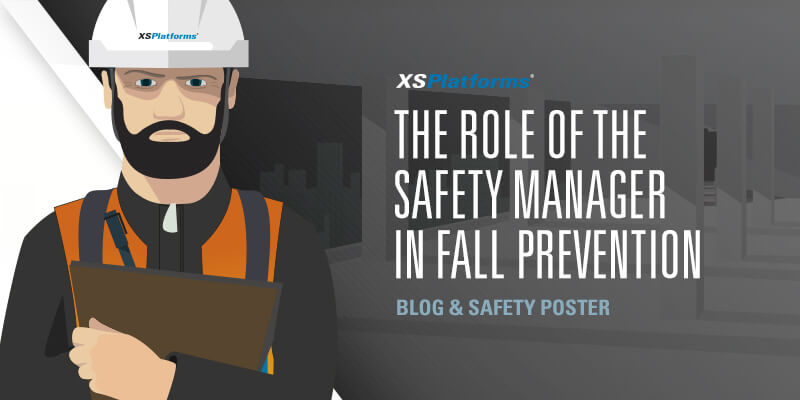Every company, where health and safety risks are present, should have one or multiple persons responsible for workplace safety. These safety managers, also called HSE managers, QHSE managers, or HSE officers, are in charge of creating a safe work environment. One of the risks they need to combat are falls from height.
All across the world falls from height are the leading cause of workplace injuries and fatalities. In most cases fall protection equipment is not used, or used improperly. In this blog we’d like to explore the role of the safety manager in fall prevention.
Setup a fall protection plan
The start for any policy regarding safety is a risk assessment. This assessment points out all the fall hazards in the workplace, for which the HSE manager needs to select fall protection measures and equipment. These measures and the targets of the safety efforts need to be documented in, for example a fall protection plan. This policy is the basis for getting everyone to work safely and it demonstrates commitment to safely working at height.
What measures you need to select to combat hazards is greatly dependent on your location and on (local) regulations. Most regulations require you to first try to eliminate the hazard, when that isn’t possible collective measures (guardrails) need to be applied. If that isn’t possible fall restraint or fall arrest methods can be employed. However, a good safety manager will go beyond the safety required by law.
By clearly outlining company policies regarding work at height both employer and employee responsibilities are made clear.


